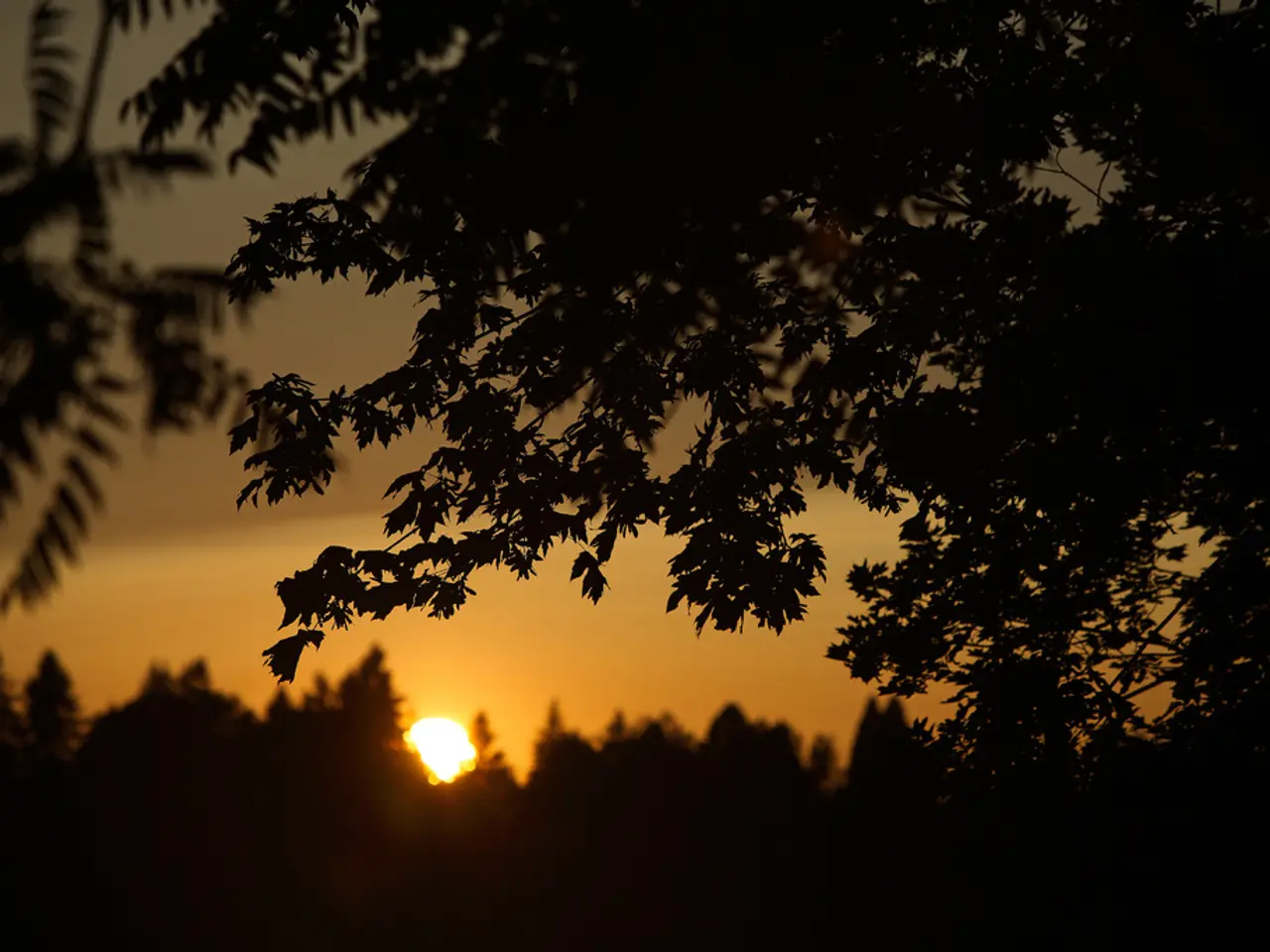Top 14 Ideal Shade-Providing Trees for Your Backyard
Desert-Friendly Trees for Hot Climates
In the quest for greenery in hot, dry climates, several trees stand out as ideal choices due to their drought resistance and heat tolerance. Here are some of the top picks:
- Desert Willow (Chilopsis linearis): Native to the southwestern United States, this tree thrives in arid regions like Las Vegas, providing both aesthetic value with its trumpet-shaped flowers and functional shade during hot summers.
- Mesquite (Prosopis spp.): Known for its twisted branches and ability to survive with minimal water, mesquite is a classic drought-resistant tree that offers dappled shade.
- Palo Verde (Parkinsonia spp.): This tree has distinctive green bark and yellow blooms, adapted to desert heat and dryness, making it a popular choice for desert landscaping.
- Acacia trees: Fast-growing evergreens withstand both extreme heat and drought, making them suitable for hot, dry climates.
These trees share physiological and morphological adaptations typical of desert flora, such as deep or widespread root systems to access scarce water, reduced leaf area, and drought tolerance mechanisms. These traits enable them to survive and provide shade in extreme desert conditions where precipitation is often less than 250 mm annually, and daytime temperatures exceed 38°C (100°F).
Trees for Different Growing Conditions
For those seeking trees that thrive in a variety of soils, from swampy to dry, consider the Black Tupelo (Nyssa sylvatica) and the Bald Cypress (Taxodium distichum). The Black Tupelo is known for its glossy green summer leaves, brilliant autumn colors, and compact silhouette, making it a great choice for smaller yards seeking shade and fall beauty. The Bald Cypress, on the other hand, thrives in both swampy and moderately dry soils, and its tall, straight trunk and feathery foliage turn rich shades of orange in fall. It is perfect for water-side properties, offering excellent shade while improving soil stability.
In urban environments, the Japanese Zelkova (Zelkova serrata) and the Northern Red Oak (Quercus rubra) are excellent choices. The Japanese Zelkova is highly adaptable, tolerating urban conditions and resisting pests and drought. The Northern Red Oak, with its lobed leaves that offer deep shade and vivid red hues in fall, is a regal and practical tree.
Finally, the Southern magnolia (Magnolia grandiflora) is a quintessential symbol of the South, known for its glossy evergreen leaves and giant, fragrant white flowers. The river birch (Betula nigra) thrives in wet, poorly drained soils and features beautiful peeling cinnamon-brown bark. These trees are perfect for adding a touch of Southern charm to any garden.
References
- Desert Willow - University of Nevada, Las Vegas
- Acacia Trees - Arbor Day Foundation
- Mesquite - Texas A&M AgriLife Extension
- Palo Verde - University of Arizona Cooperative Extension
- Mesquite - Texas Trees Foundation
- The organic lifestyle movement embraces garden projects that include planting desert-friendly trees like the Desert Willow, adding aesthetic appeal while providing shade in hot climates.
- As an avid gardener, one might consider incorporating the Mesquite tree into a project, thanks to its ability to survive in arid regions and dappled shade it offers.
- For fashion-and-beauty enthusiasts who appreciate the aesthetic, a Palo Verde tree, with its unique green bark and yellow blooms, could be a stylish addition to the home-and-garden decor.
- When considering trees for different growing conditions, the list wouldn't be complete without the Black Tupelo and Bald Cypress, which thrive in various soil types and offer unique benefits, such as fall beauty and excellent soil stability.
- When planning food-and-drink related events, the Southern magnolia, with its fragrant white flowers, could create a captivating ambiance, while the river birch, with its beautiful peeling bark, adds a Southern touch.
- In the realm of travel, visiting La suckeden National Park in Nevada or the Palo Alto Battlefield National Historical Park in Texas could provide a chance to observe these desert-friendly trees in their natural habitat, making the experience both educational and visually appealing.






